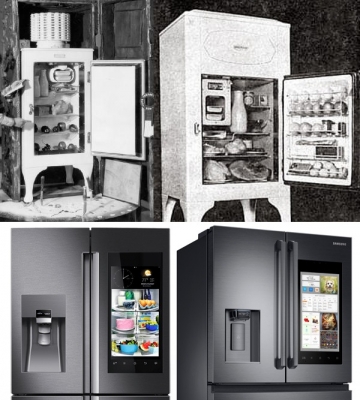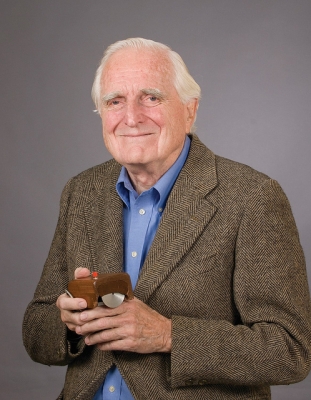
Two areas of car design have been researched very thoroughly in the past few years. One of these concerns fuel consumption and exhaust gases, as the realization grows that the world’s fossil fuels are polluting the atmosphere. The other is safety. It is likely that future cars will be able to prevent some accidents by assessing - the distance to an obstacle and taking evasive action without prompting from the driver.
After decades of auto technology that had evolved only marginally since the mid-20th century, experts say we’re now seeing a super-fast shift that's comparable to the industry's early days. “In the last 30 to 40 years the way cars were manufactured didn’t change much,” says Ozgur Tohumcu, CEO of the car-tech company Tantalum. “But now things are fundamentally changing — and very quickly.” Quickly, indeed. Here's a look at some of the cool innovations we're likely to see in the next generation of cars.
Voice commands for your car
High on the list of innovations is the introduction of Alexa-like personal assistants. “You’ll be able to interact with your car through voice command,” says Tohumcu. One scenario: You might be driving and looking for a parking space. All you’ll have to do is say “Find parking,” and your vehicle will navigate you to the closest, least expensive, safest garage, based on your programmed preferences, and then pay the fee with your credit card.
Mechanic on wheels
Cars will be able to diagnose their own mechanical problems. “If it’s a software fix that’s needed, you’ll get an upgrade,” Tohumcu says. If you need to take the car to a mechanic, the car will research the options and book itself an appointment. (It will be able to renew its own insurance and look for better deals, too.)
More map options
As navigational maps get overlaid with more data, you’ll be able to choose your route based on a broadening array of criteria, including “least polluted.” “People will be taken from point A to point B through better air-quality routes,” Tohumcu says. “If you’re an older person or you have chronic asthma, this becomes a real benefit.” Other possibilities: “safest route” and “most scenic.”
Custom-designed vehicles
Using 3D printing technology, Arizona-based Local Motors is 3D-printing cars. “They work with pre-determined engine types and 3D print cars on top of those engines,” Tohumcu says. “You can pick and choose features from different cars to create your own.” That means we may see all kinds of interesting-looking cars on the street, he says. “These cars won’t be cheap, but if you really want to stand out it’s one way to go.”
Shared autonomous vehicles
Self-driving cars are already here and doing well in safety tests, says Alan Brown, executive vice president at NuVinAir, an automotive-industry startup, who previously spent 27 years with Volkswagen. The twist he predicts: People will be able to share these cars. “Cars today sit unused 80 percent of the time,” he says. “If the car is self-driving, we have a wonderful opportunity for people to co-own it and pay only for the portion of the car they use.” He sees the potential, in particular, for younger people who may not be able to afford their own vehicle, people with disabilities who aren’t able to drive, and older people who may need to stop driving.
Picture Credit : Google














